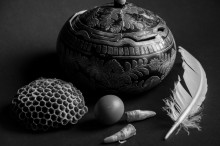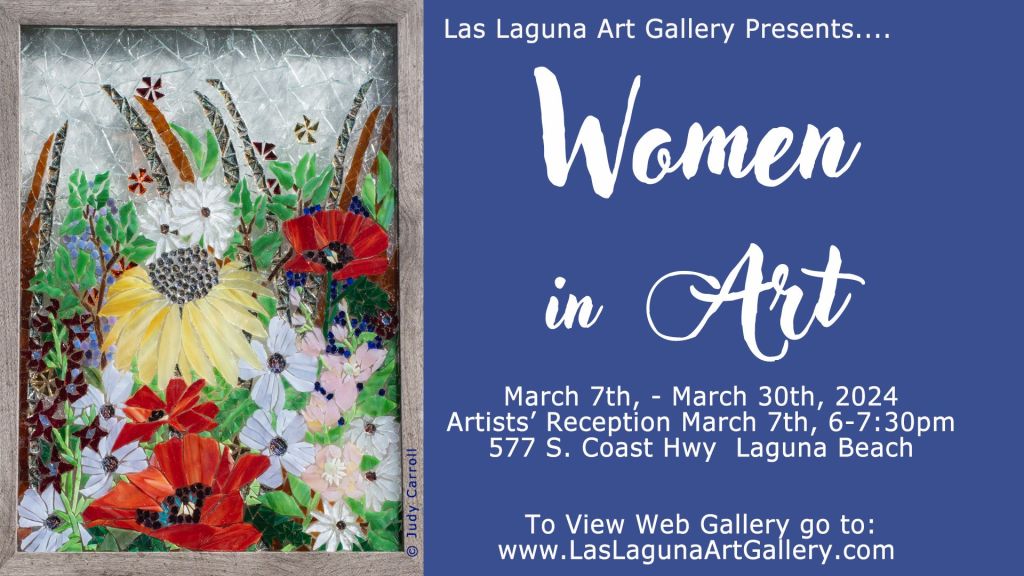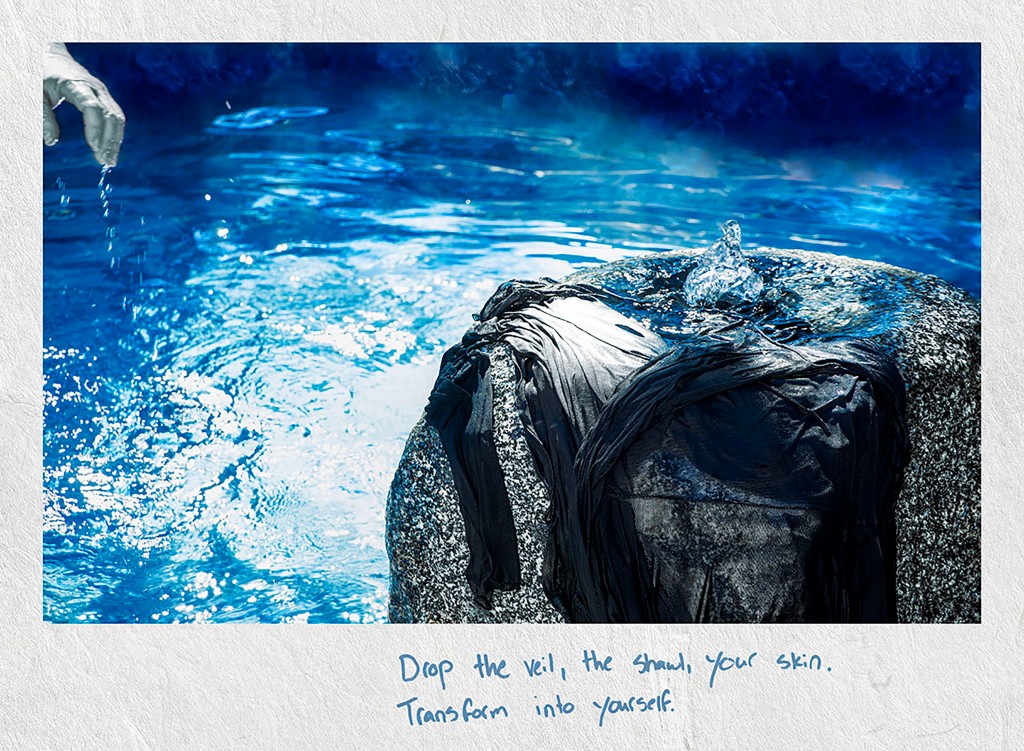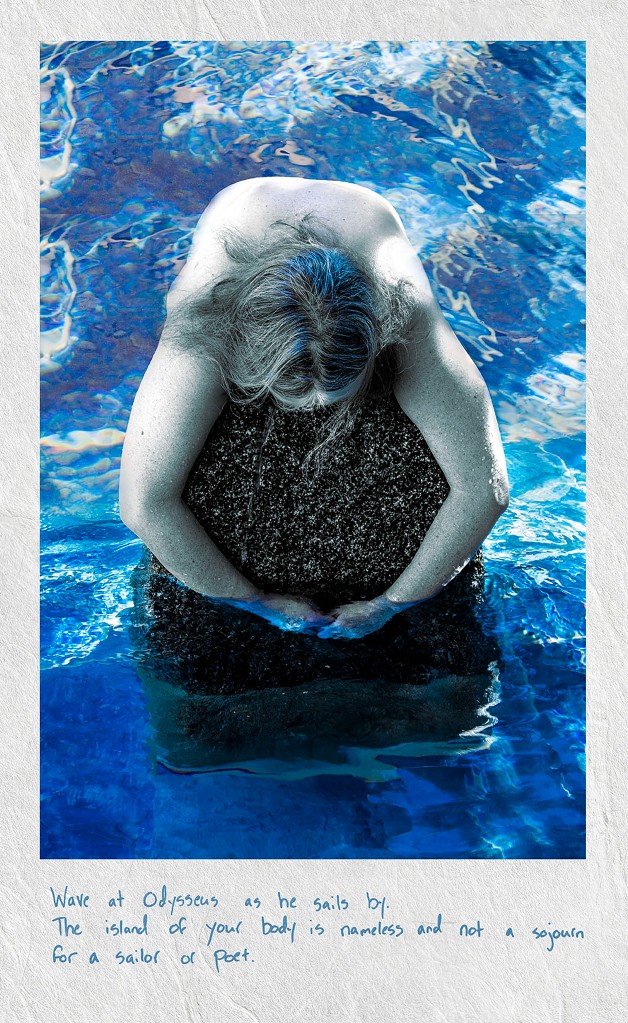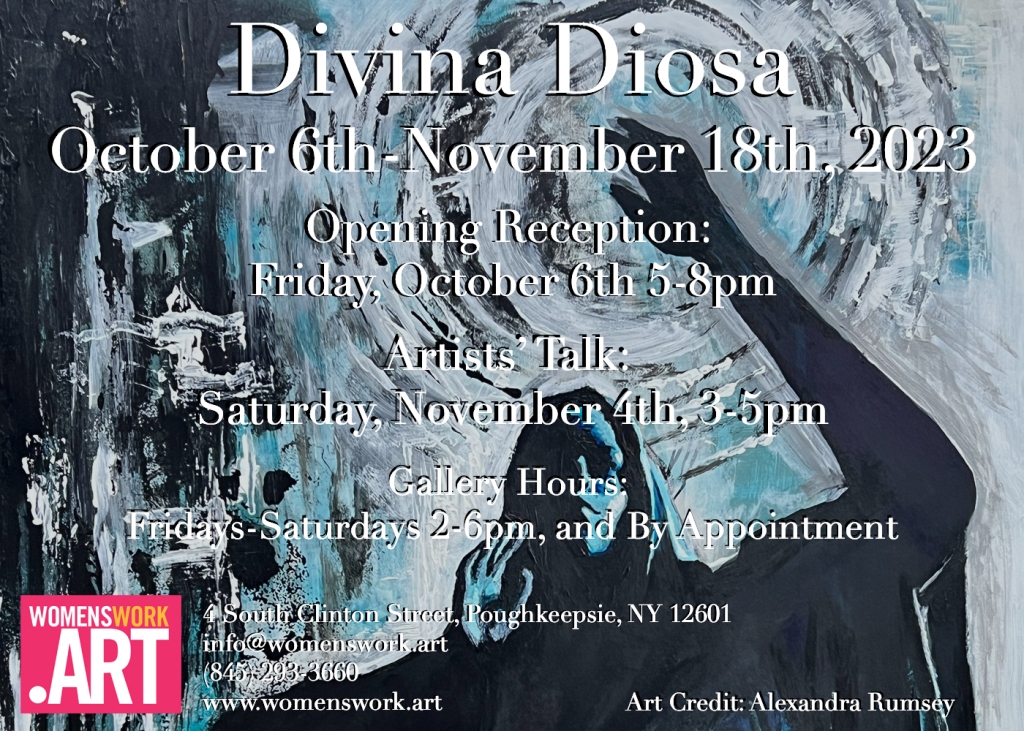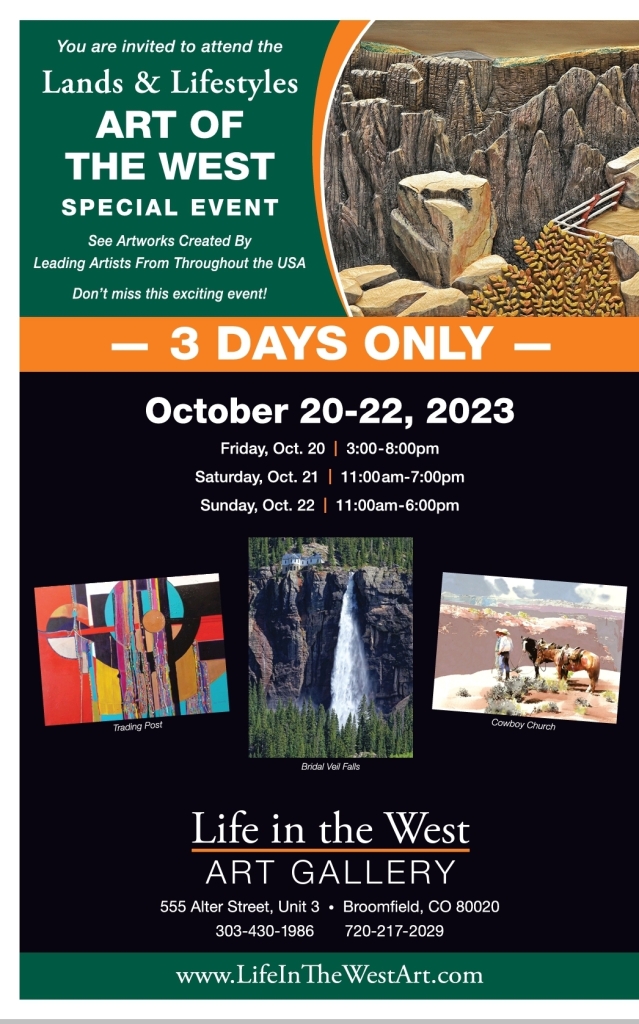What is color? And what does color have to do with culture, with the mind, with language?
Notes: Color is mind-dependent. Color does not exist on its own. It is relational, as some philosophers say. Maybe better thought of as an experience, than as an attribute… Color happens, rather than exists.
Color must be seen- and it is by this process of seeing that color comes into existence.
1.
What is color? The answer to this question ranges across culture, throughout human history, and across many disciplines: geology, chemistry, physics, computer science, even dancing through philosophy and language.
Let’s start with a simple enough example: the rainbow. Any schoolchild will recognize the seven colors discovered by Isaac Newton and his prism experiments, the composition of which makes up a beam of white light. ROYGBIV- red, orange, yellow, green, blue, indigo, and violet. But is that what we’re really seeing? What if we view the rainbow as a spectrum, and not as differentiated parts? Newton decided that there should be seven colors because he liked the correlation created with the seven notes of music. If this was simply a decision that he made, perhaps even a somewhat arbitrary decision, what does that mean for us? Are there not really seven colors? What about a yellowish-orange – can you not find that hue in a rainbow? As a child, I was confused by the inclusion of “Indigo” and “violet” – I didn’t understand why we didn’t say “blue” and “purple”. These last two colors in particular, and the language used to describe them, are culturally based. Let us also remember that Aristotle saw only three colors in the rainbow, rather than an infinite spectrum.
And this rainbow paradigm doesn’t even begin to touch on the problems of black and white- not considered to be colors when viewed through the lens of physics, but they are certainly colors when engaged in the act of mixing up pigments for use in paints, dyes, or inks. Our eyes also see in black and white, they just also see in color simultaneously.
2.
For much of human history, color was defined by more than simply hue. Luster, shine, luminosity, vibrance- all now confined to more technical understandings of color. In America, there was no differentiation between “matte” and “gloss” until photographic paper began to be exported from Japan. Likewise, “green” was introduced as needing a distinct name in Japan from the West (before ‘aoi’ referred to blue/green).
Homer’s “wine dark sea,” which incorrectly led scholars to assume that the ancient Greeks could not see color, is a gorgeous example of luminosity and vibrance and the inherent feeling one has when viewing the ocean. Of course, while the sea is represented as being blue in any child’s drawing, water is not actually blue. It can appear blue because of reflection and refraction, but is not the sky grey in much of the world? Where I come from in the southwestern United States the sky has traditionally been considered turquoise, like the mineral which is common there. Why do we claim that water is blue, when it is clear, or brown, or grey? That would have been a better question for scholars of the Greek epics.
3.
In the 1987 film “Wings of Desire,” one of the first things that happens to the angel after becoming human is a cut on his hand. Stopping a passerby, he asks “is that red?”
4.
The Invention of Color
One proof that color is “invented” and exists as a cultural phenomena is the existence of both orange and pink. These colors are recent inventions– they did not exist a few hundred years ago. Now, I know your immediate reaction is to say “Of course they existed!” And in a way you are right. Pink and orange were there, in history. They existed, both chemically and physically. However, they did not exist culturally, i.e. they were not discussed, and there were no words for them. It’s as if a particular shade between green and blue suddenly became wildly fashionable and everyone suddenly knew it as an important color– let’s call this imaginary color Feegle. Of course, Feegle existed before we noticed it and started dyeing our pets’ hair this luminous, fantastic shade. But at this moment in time, you, the reader, do not actually know what hue I am referring to when I say “Feegle,” because it is not a color that currently exists in human culture. This is what happened with orange and pink.
Orange was a word in French before it was a color, referring to the House of Orange, but it did not become a color until oranges (the fruit) began to be exported to Europe. This is evidenced by the fact that “redheads” are in fact “orange heads,” but were never called so. There is the somewhat derogatory term “carrot top,” but one can easily imagine that the vibrance and brilliance of an orange necessitated the invention of a new color far more than carrots would have ever inspired. Remember, that is often what we are responding to– brilliance as well as hue. Henry the 8th’s beard is referred to as “ruddy”- an orangish red, perhaps?
5.
Indigo
Indigo is, perhaps, something of an opposite to our newer friends pink and orange, in that it is possible that it does not truly exist. The word refers to at least 8 species of plants, and even if we were to examine the most geographically common plant (indigofera), we would find that it consists of almost 800 species. Woad also produces the identical chemical known as indigo. So, is indigo a plant? A chemical? A color? A feeling? What is its exact hue? Ranging from a light cerulean or a deep navy, indigo may exist more in the mind than in the physical world. Even the chemical formula is a bit of a mystery.
6.
The great neuroscientist Oliver Sacks went on a hallucinatory quest for the color known as indigo. He includes a brief description in his book “Hallucinations,” where he gives no indication whether he knew or not that Indigo is a pigment derived from a plant. He eventually finds indigo, both in his mind and in the realm of ancient artifacts, only to lose it soon afterwards. Is indigo, then, a state of mind? A touch of the sublime? It certainly isn’t only one color- as that would depend on the dyeing process, what part of the world it is done in, and when in history the dyeing took place. For Oliver Sacks, indigo proved too ephemeral to hold.
7.
Don’t confuse vision with perception. All color is movement. Color can only exist in relationship to itself.
8.
What is Color
Color can be thought of and experienced in three ways. First of all, as the chemical which is an inherent property of matter- this is the view that Aristotle moved away from when he declared that color is a function of light. This is the second definition of color- that it is a property of light, for without light the world descends into black and white (although Aristotle hypothesized that all color came from black and white). And of course the third way is that color must exist in the mind, for it has to be perceived by rods and cones and then filtered through a personal and cultural understanding. While each of these views have their stalwart champions, I suggest a fourth way of understanding color, in that it is the relationship between the three where color can be truly seen and understood. Like a three legged stool, each leg must be present to maintain the integrity of the relationship. So the matter which contains the physical properties in and of itself MUST have an interaction with light, and that interaction must come around to be perceived in the mind. And by mind I do not mean simply through the eyes, but the brain as well. This brings us to the cultural influence on color, which I might say is the biggest factor of all. For without a cultural filter, color has no inherent meaning.
9.
Lamb, by Christopher Moore: “…he pulled his hands from their faces, and the old men looked around. ‘Tell me what you see!’ Josua said. The old guys sort of looked around, saying nothing. ‘So, tell me what you see.’ The blind men looked at each other. ‘Something wrong?’ Joshua asked. ‘You can see, can’t you?’ ‘Well, yeah.’ Said Abel. ‘But I thought there’d be more color.’ ‘Yeah’, said Chrustus, ‘It’s kind of dull.’…’What color is that?’ ‘That’s brown’ ‘How about that one?’ ‘That would be brown as well.’
10.
As color exists primarily culturally, instead of documenting or dissecting color, why not create a color that is purely cultural- a language, instead.
Cezanne said that color is a collaboration between the mind and the world.
Finlay: anyone who claims to be an expert on color is a liar.


